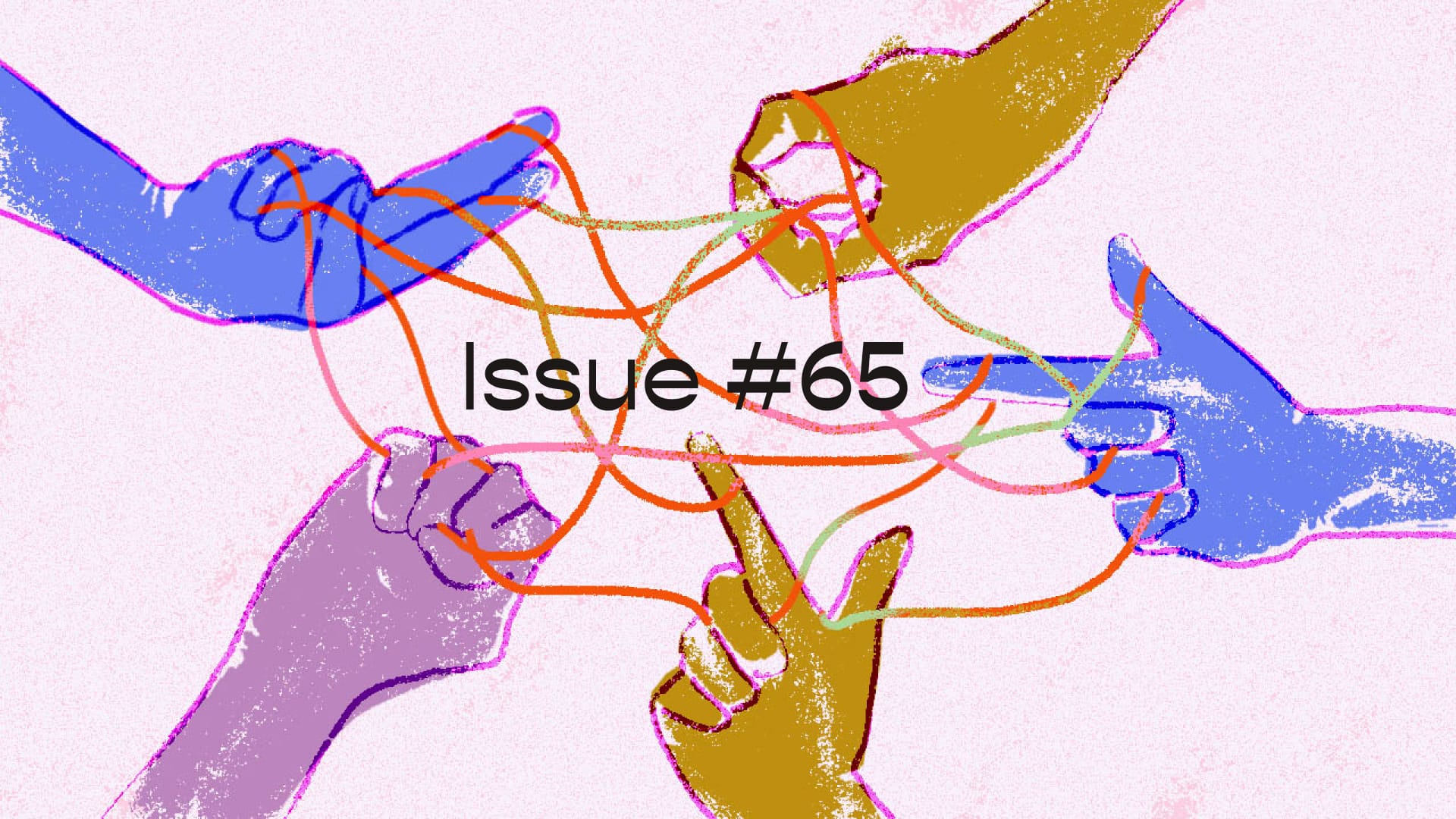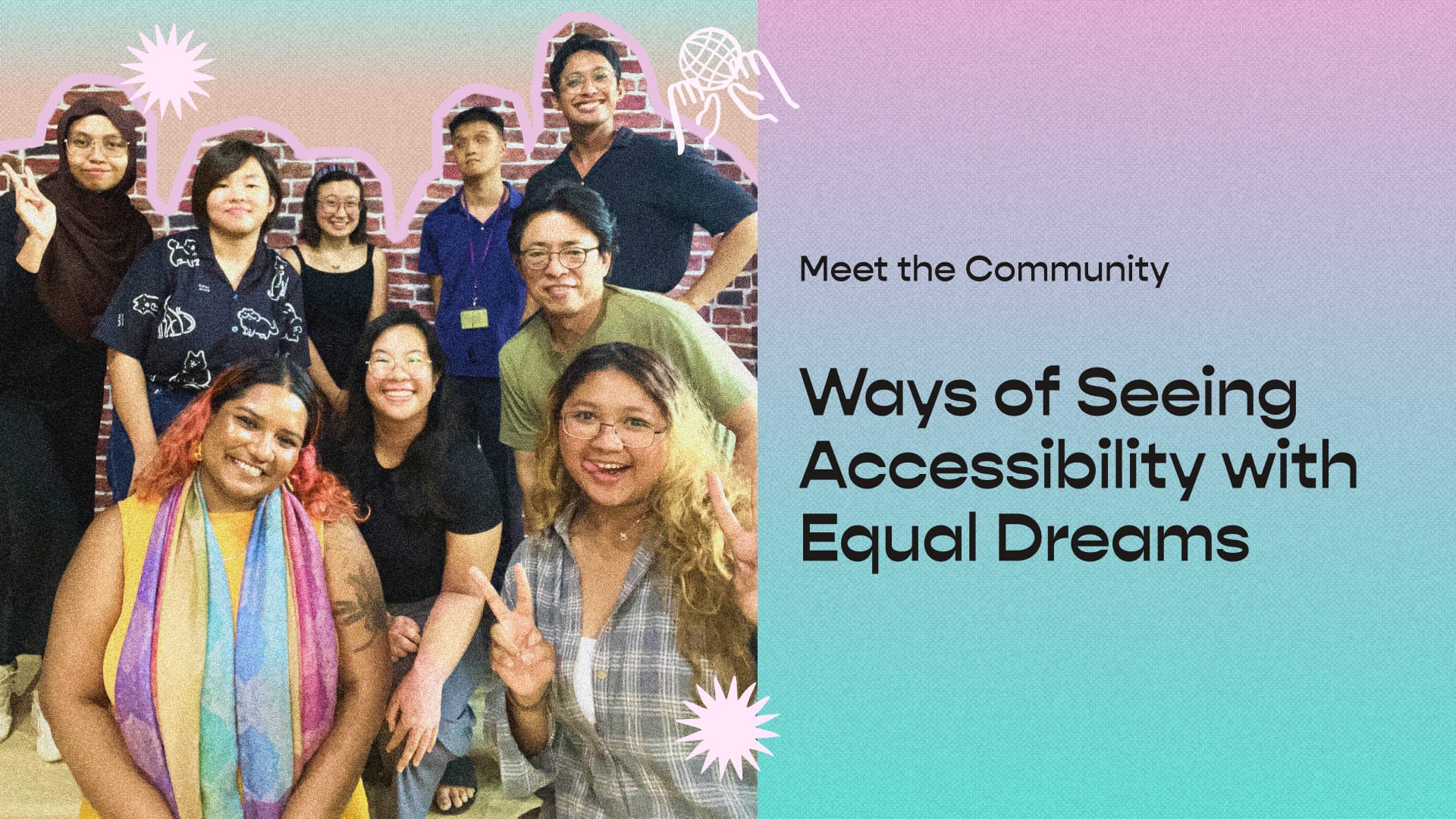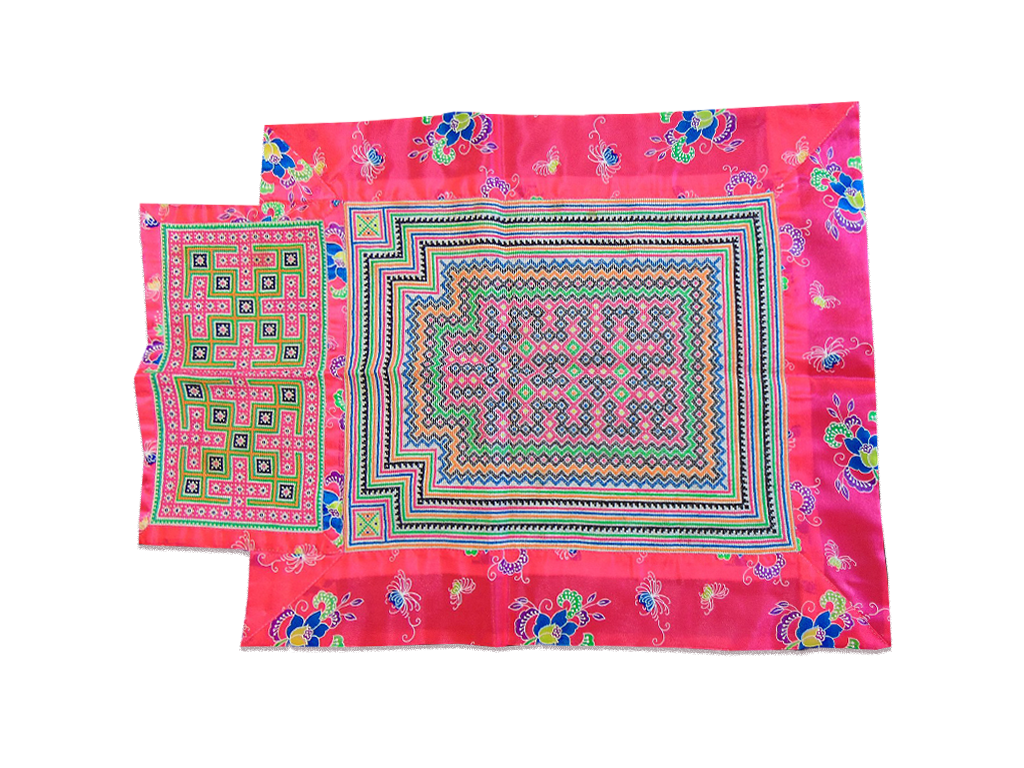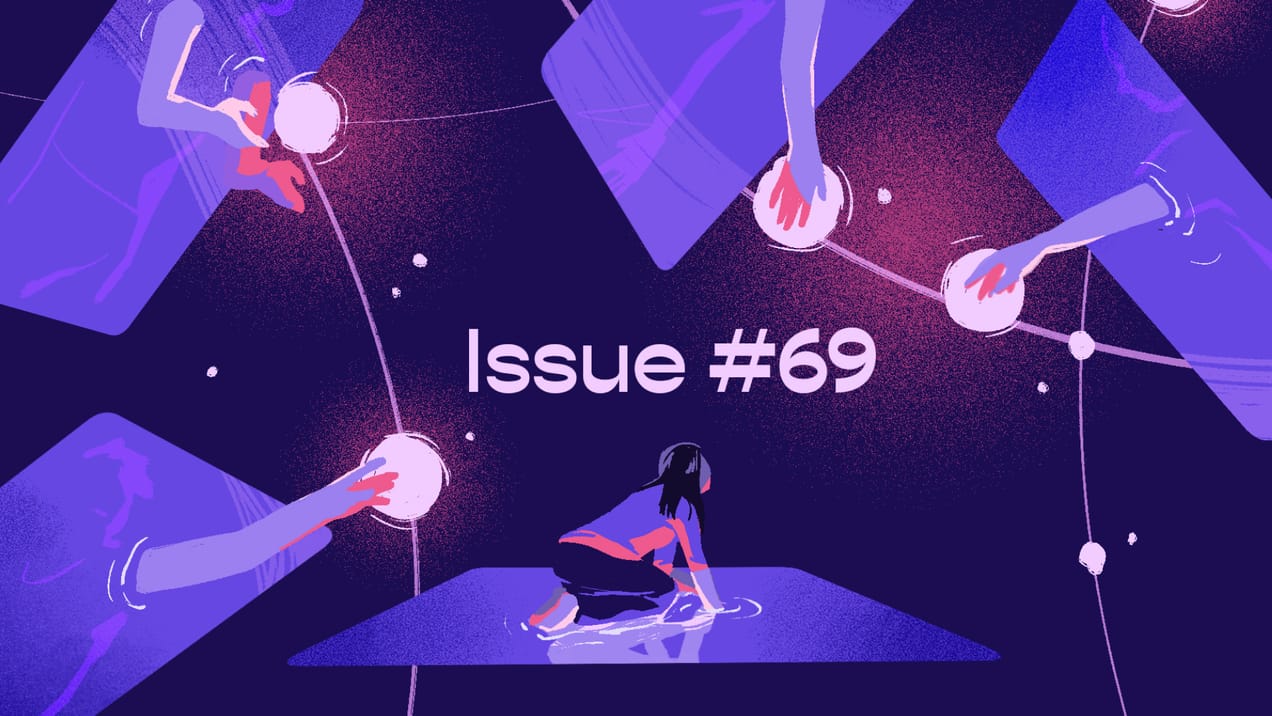
spectrum of accessibility— issue #65
I first took interest in sign language as a middle schooler. My friends and I, all hearing, learned some signs from the internet—most likely American Sign Language (ASL), as resources on it were more readily available than local sign languages—and used them to communicate with one another during classes or group discussions, like a fun secret code.
That memory makes me cringe a little, but in some ways it led to my awareness about accessibility. In 2021, I started taking classes on Singapore Sign Language (SgSL) and the Jakarta variant of Indonesian Sign Language (BISINDO). The process taught me not just vocabulary and grammar, but also various aspects of Deaf culture. I learned about the many regional variants in BISINDO (at least 15!), art forms practised by the Deaf community such as sign language songs (remember Coldplay’s sign language interpreters?), and the journey that led to the adoption of the community-developed SgSL instead of having to sign “standard” English.
My interest in accessibility may have come from a place of ignorance, but I was right about one thing: It is fun. Something as simple as writing an alt text for your work can bring up points of interest you hadn’t noticed. Sometimes we fall into the trap of seeing it as a list of gaps to fill, or even a limit to innovation. But when we ignore people from different abilities and backgrounds, we're limiting ourselves from a whole spectrum of human experience. In fact, many inventions we enjoy today, such as lifts and captions, come from disability movements. My colleagues and I had a great chat on this topic with Equal Dreams, a Singapore-based accessibility services provider, and also where I learned SgSL.
Accessibility is a constant work-in-progress, and that’s certainly true for Kontinentalist. In aiming to make data storytelling accessible, we’re reviewing our visualisation designs and captions, exploring different mediums, connecting with fellow data practitioners, and highlighting diverse voices in the region. There’s a lot we can do better. And we want to do it not only with respect, but also excitement.
The world is so big, with many different ways of living. Isn't that a gift?

more from us...
Explore how women across Asia access public space and how this translates to their experience of leisure.
How does the amount of green space in your neighbourhood affect how protected you are from extreme heat?
Kawan special

Accessibility has become a ubiquitous term, but it might not be understood in the same way everywhere. So what does an accessible world look like? Kontinentalist sat down with Equal Dreams, a social business dedicated to providing accessibility services and consultancy, to learn more about what access means and how various members of the team navigate and practise it in their daily lives.
Stuff we love
↗ How does accessibility help all of us? UrbanistComix tells us why cities should be designed with inclusivity as everyone is disabled in one way or another.
↗ In Bengkala, Bali, a village where many people are hearing-impaired due to a recessive gene, both hearing and non-hearing residents use a unique sign language called "Kata Kolok" to communicate.
↗ The internet isn’t as borderless as it should be. Varied bans, censorship, and firewalls by different powers show how internet accessibility is a systemic problem.
↗ Project Lima is a dedicated experimental space exploring accessible and inclusive design in Southeast Asia.
Did you know?
Language of threads: Hmong flower cloth
Language of threads: Hmong flower cloth

For the Hmong indigenous group rooted in parts of East and Southeast Asia, language was not alphabetised until the 1950s. However, one might find their history documented in other ways, such as in their traditional Paj Ntaub textile. Meaning “flower clothes” in the Hmong language, the embroidered cloth encodes geometric designs that contain stories for children, helping to preserve Hmong culture in times of violent persecution and oppression.
The designs are crafted by cutting and layering fabrics that are sewn in reverse applique techniques. Hmong ancestors called it "flower cloth" because the embroidery patterns mirror how petals radiate from the centre of a flower. Composed of threads, colours, and texture, Paj Ntaub is just one form of communication for those outside of dominant language systems, like the significance of braids used to express social conditions in various African cultures or how status is reflected in the way one wears their sarong in traditional Nusantara communities.




